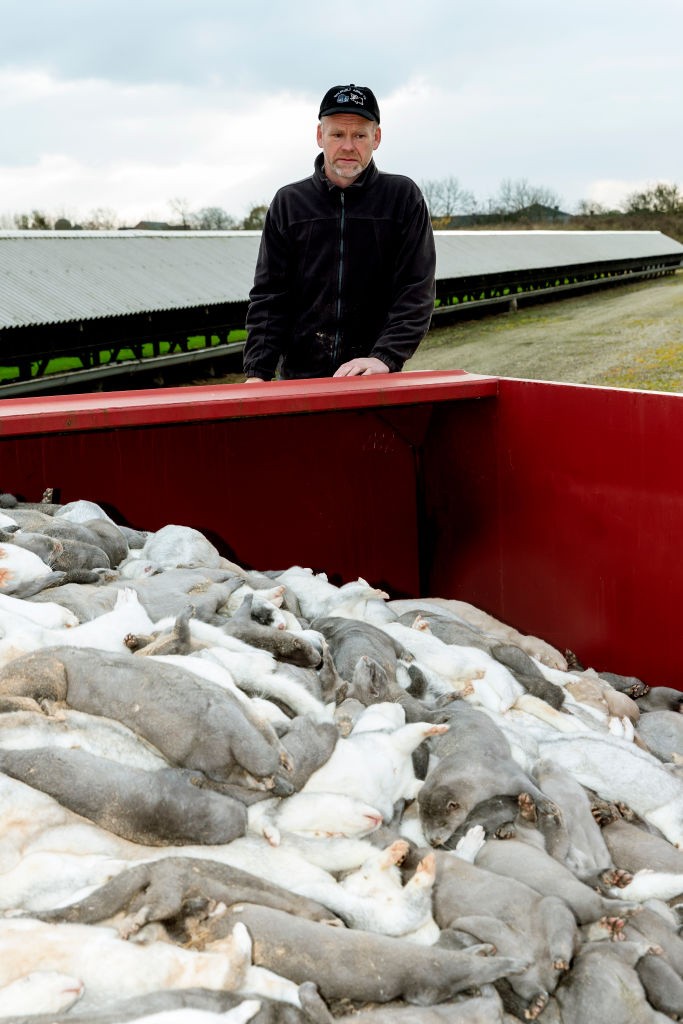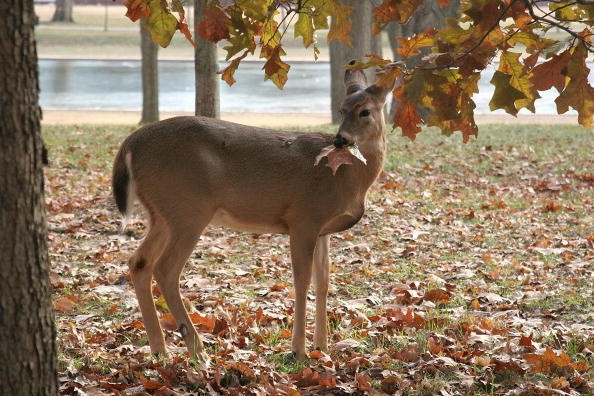In humans, the epidemic appears to be winding down, however, infections occur to be prevalent in white-tailed deer and other species.
Denmark slaughtered millions of mink in 2020 to eliminate a source of zoonotic COVID-19 transmission, the transfer of the SARS-CoV-2 virus from humans to animals.
Last year, the virus attacked zoo animals such as lions, tigers, and gorillas, apparently infected by their caregivers. Pet hamsters were also involved in a new epidemic in Hong Kong earlier this year.
Slaughtering Millions of Mink

Coronaviruses were known to cause some common colds and illnesses affecting animal populations before the COVID-19 pandemic. As the epidemic progressed, it became apparent that SARS-CoV-2 has a proclivity for infecting a broad variety of animal species.
With a virus that is so adept at switching species, the danger is that even if the pandemic is brought under control in human populations, the virus will stay in an animal community, ready to leap across species boundaries and restart the cycle of human infection.
Danger of Inter-Species Transmission
According to Frederic Bushman, a microbiologist at Penn's Perelman School of Medicine, the worry is that it may create an animal reservoir that could spread to people. It's thought that this happened with mink. When a virus survives, it can evolve further and alter.
While there is no proof that this is happening largely, research by experts around the country, including a Penn team, shows that these reservoirs may already exist.
Covid Infection

SARS-CoV-2 infection was identified in significant numbers in white-tailed deer in Iowa last year, according to a Penn State University-led analysis. Previous research conducted by the U.S. Antibodies were identified in 40% of deer examined by the Department of Agriculture, indicating that they had previously been exposed to the virus.
The omicron variation was also discovered in deer in New York earlier this month. SARS-CoV-2 has been detected in white-tailed deer in 15 different states.
According to Eman Anis, a veterinary microbiologist at the School of Veterinary Medicine, "white-tailed deer are at the top of a list of animal species that have cellular receptor binding sites that allow them to be infected by SARS-CoV-2."
In recent research, Anis, Bushman, doctorate student Andrew Marques, wildlife disease ecologist Erick Gagne of Penn Vet, and colleagues set out to gain a broad picture of the virus's presence in deer across Pennsylvania.
Sample collection was aided by the Wildlife Futures Program, a collaboration between the School of Veterinary Medicine and the Pennsylvania Game Commission.
"We wanted to see if we could use our network to collect a large number of samples so we could get a better idea of the virus's spatial distribution and prevalence in deer," Gagne says.
During the autumn and winter of 2021, the researchers gathered nasal samples from 93 hunter-killed or road-killed deer through Wildlife Futures. 18 of the 31 counties studied, or 19 percent of those tested, were positive using a PCR test, reflecting diverse parts of the state.
Studying the Samples
Seven of the positive samples were subjected to whole-genome sequencing at Bushman's lab, sequencing human samples and tracking variants since the outbreak began and keeping a dashboard of their findings, representing almost 5,000 whole genome sequences.
Two deer samples tested positive for the alpha type of SARS-CoV-2, while the other five tested positive for the delta variant. According to Bushman, the findings were published on the MedRXiv preprint service and have not yet been peer-reviewed, but they are the first written descriptions of delta and alpha in deer.
The researchers discovered that the two alphas were sufficiently distinct from implying that the virus had spread from people to deer on two different occasions. Also worth noting is that when alpha was discovered in deer, there was no alpha circulating in people-delta had unseated alpha as the main version.
Alpha peaked in people in April and May, Bushman adds, but it's still there in deer in November, long after it's disappeared in humans. The alpha form appears to have been circulating among Pennsylvania deer for quite some time.
According to Gagne, the delta samples were also divided into two groups, "which appears to be two separate overflow incidents," according to Gagne. "Those sequences are more similar to what was circulating in the population at the time of sampling."
Despite the researchers' caution in interpreting their findings, Gagne believes that the data, together with those of other organizations, show that "deer being infected isn't a one-off or unusual event."
Related Article : Experts Warn of Another Deadly Global Outbreak to Strike Within 60 Years
For more health and medicine related news, don't forget to follow Nature World News!
© 2025 NatureWorldNews.com All rights reserved. Do not reproduce without permission.





